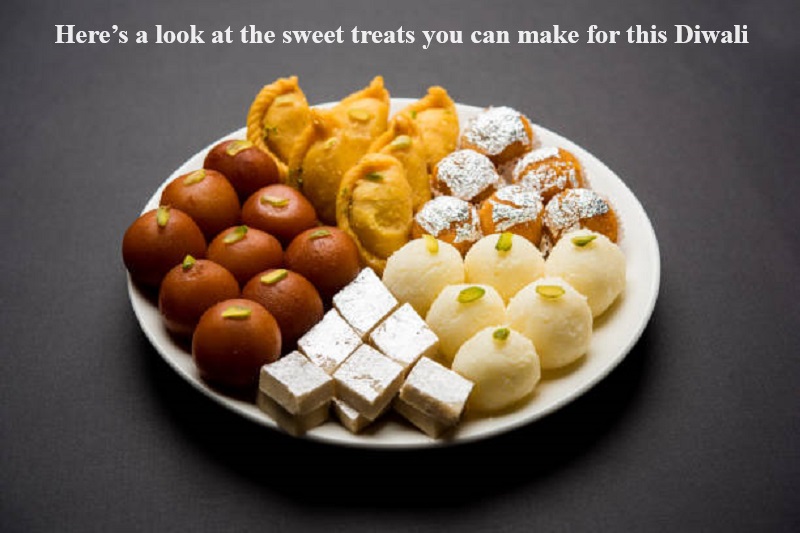
Starting with a beloved classic, halwa, which should not be confused with Middle Eastern halva, is a general term used throughout India for various puddings. Among these, gajar ka halwa (carrot pudding) and sooji ka halwa or sheera (semolina pudding) are the most renowned for their rich, chewy textures. This treat is primarily enjoyed in the northern and western regions and typically involves a mixture of ghee, water, sugar, spices, and sometimes milk.
Moving on to laddoo, which is another broad term encompassing various sphere-shaped sweets with regional variations. Boondi laddoo, originating in North India, has become one of the most popular and is crafted from tiny deep-fried balls of gram flour rolled together with seeds, nuts, and spices. They are then soaked in a sweet syrup. Similarly popular is besan laddoo, which involves toasting gram flour in ghee (clarified butter) until it emits a delicate nutty aroma. It’s then combined with pistachios, ghee, and sugar to create delightful sweet spheres.
Barfi is yet another term used for a variety of sweets, typically flat, milk-based confections mixed with nuts like cashews, pistachios, and peanuts, along with spices such as cardamom and rosewater. Fruits like mango may be added for extra flavor, and these sweets are typically cut into squares, diamonds, or circles. Notable variations include pista barfi (pistachio sweet) and kaju katli (cashew slice), often adorned with a thin layer of silver leaf (vark) for festive occasions.
Next is peda, known for its soft, pale appearance and a staple in Indian mithai (sweets) shops. These delicate, melt-in-your-mouth sweets have their origins in Uttar Pradesh, a northern Indian state, and have now become popular nationwide. Typically made with khoya, sugar, nuts, and flavorings like cardamom, they come in various varieties. Kesari peda, infused with saffron, is popular in the north, while the darker, sugar-covered Dharwad peda is a delicacy unique to the southern Indian state of Karnataka.
Gulab jamun, a well-known delicacy in the subcontinent, is named after “gulab” (rose) for its flavored syrup and “jamun,” a small, plum-like fruit resembling the sweet. Originating in the north but beloved across the country, it’s made from khoya or mawa (milk solids heated and thickened until they reach a soft dough-like consistency). The khoya is mixed with flour, formed into small spheres, deep-fried in ghee or oil, and then soaked in a light sugar syrup flavored with cardamom, rose, or often saffron, giving the syrup a delightful golden hue.
Jalebi, one of the simplest and most well-known sweets in the subcontinent, is made from a batter of all-purpose flour (maida) and saffron, shaped into spirals, deep-fried, and then soaked in sugar syrup. With a crispy exterior and a sweet, soft interior, this golden treat is a staple during Diwali and various other festivals. In North India, it’s often served with rabri, a dessert made from condensed milk.
Kalkhand, a popular type of milk cake, is said to have originated in either the northern state of Punjab or the western state of Rajasthan. This creamy creation falls somewhere between a cake and a soft fudge. It’s made by simmering cardamom-flavored milk and sugar for hours until it solidifies into a crumbly, firm cake, which is then adorned with crunchy pistachios.
Soan papdi, a popular gifting option during Diwali in the north, is a flaky, light dessert that melts in your mouth and is easy to devour (often received in multiple boxes). Made from a blend of gram flour, all-purpose flour, ghee, sugar, water, milk, and cardamom, this delicate dessert is the perfect way to conclude a hearty Diwali meal.
In East India, sweets are often referred to as mishti, and the most popular among them is roshogolla or rasgulla. Made from chenna (cheese curds akin to cottage cheese) and semolina, these incredibly spongy, white spheres are soaked in sugar syrup until it permeates the dough, offering a burst of sweetness with each bite. They are believed to have originated in Bengal, Odisha, and the neighboring country of Bangladesh.
Similar to rasgulla, rasmalai is crafted from chenna flavored with cardamom and soaked in malai (clotted cream) to create flatter dough balls. These are cooked in hot water and rose water, then simmered in milk until it reduces to form a rich reduction, finally garnished with saffron and pistachios. The result is a wonderfully soft dumpling that releases a rich, flavored milk when you indulge in it. Rasmalai hails from West Bengal, Odisha, and is also beloved in Pakistan.

Post Your Comments